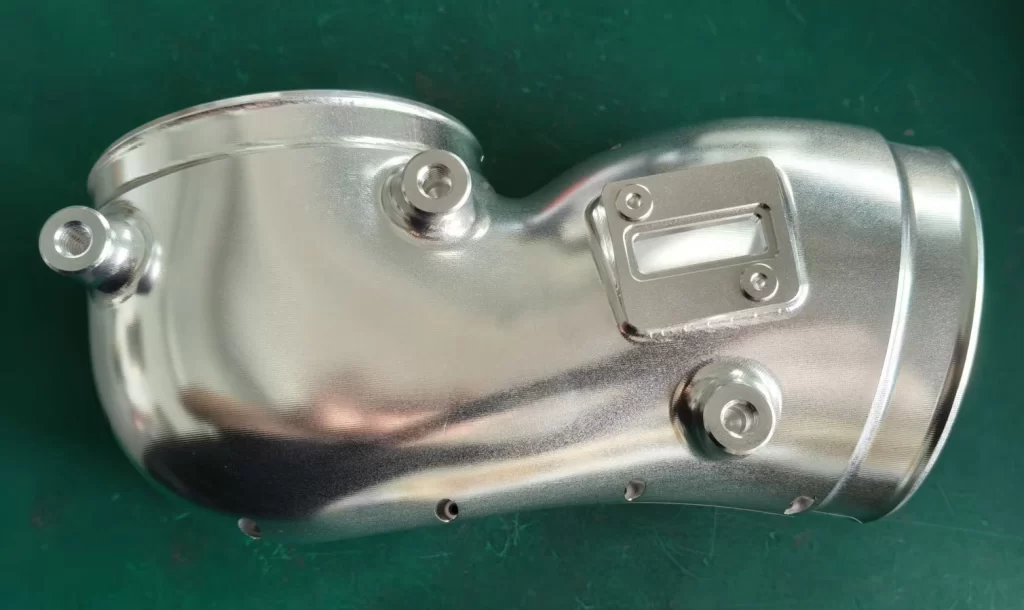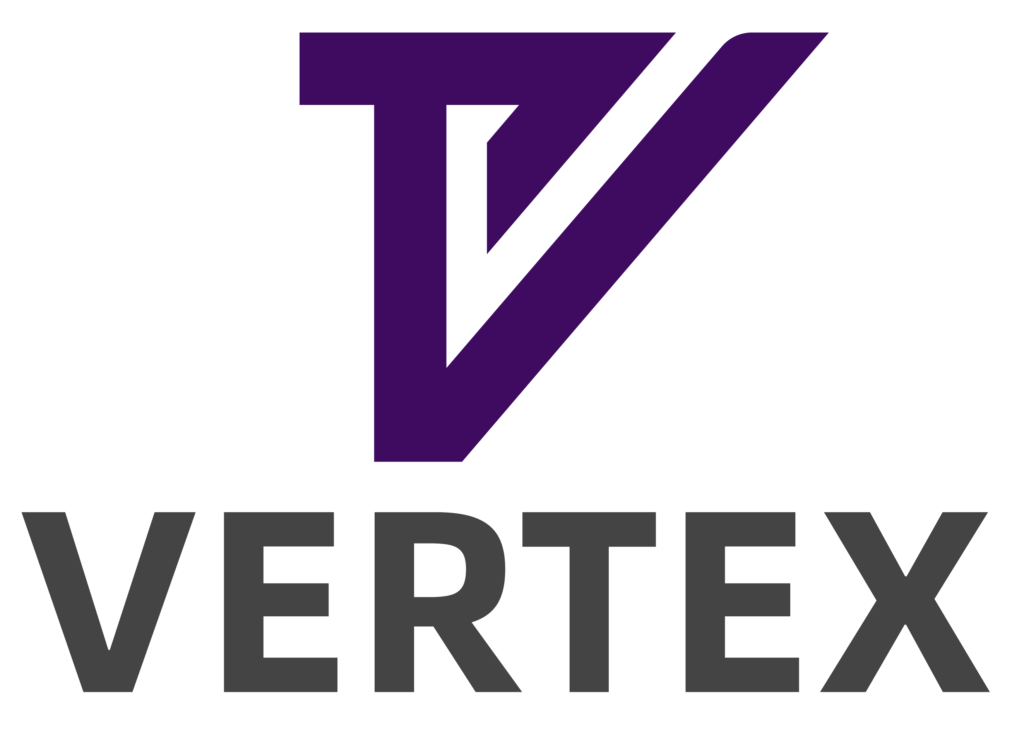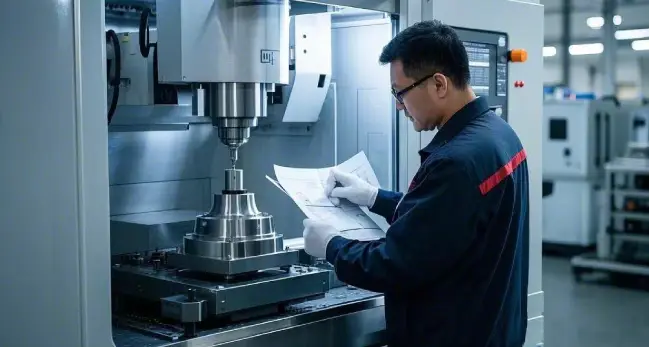(Meta Description: Unlock the potential of 5-axis CNC machining for your most complex parts. Our guide explains the benefits, applications, and how to choose an expert 5-axis machining partner for precision and efficiency.)
In the world of precision manufacturing, complexity is a constant challenge. How do you create intricate, high-precision parts with tight tolerances and flawless surface finishes? The answer lies in 5-axis CNC machining.
If you’re searching for a manufacturing solution that can handle your most demanding projects, understanding 5-axis technology is the first step. This guide will explain what it is, why it’s superior for complex parts, and how it can benefit your business.
H2: Understanding 5-Axis CNC Machining: Beyond 3-Axis
Traditional 3-axis CNC machines (X, Y, and Z) are excellent for many tasks. However, they require multiple setups to machine a part on different sides. This increases time, cost, and the risk of errors.
A 5-axis CNC machine adds two rotational axes (A and B, or one of them and a C-axis) to the three linear axes. This allows the cutting tool to approach the workpiece from virtually any direction in a single setup.
- The 3 Linear Axes: X (left-right), Y (front-back), Z (up-down).
- The 2 Rotational Axes: A (rotation around the X-axis), B (rotation around the Y-axis). This enables the tool to tilt and rotate.
H2: Key Advantages of 5-Axis CNC Machining
Why are leading industries switching to 5-axis machining? The benefits are substantial:
- H3: Single Setup Machining
The most significant advantage. By completing a part in one setup, you drastically reduce lead times and eliminate errors between operations, ensuring higher accuracy and better feature-to-feature relationships. - H3: Unmatched Complexity and Geometric Freedom
Create designs that were previously impossible or prohibitively expensive with 3-axis milling. This includes complex contours, deep cavities, undercuts, and highly organic shapes common in aerospace, medical, and automotive sectors. - H3: Superior Surface Finish
The ability to maintain the optimal cutting position and use shorter tools minimizes tool vibration and allows for higher feed rates. This results in a much finer surface finish, often reducing or eliminating the need for secondary finishing operations. - H3: Improved Accuracy and Tolerance
With fewer fixtures and setups, the cumulative error is minimized. This translates to exceptionally tight tolerances and parts that perfectly match your digital design. - H3: Faster Material Removal
By tilting the tool or workpiece, the machine can present the best possible angle for cutting, allowing for higher material removal rates (MRR) without sacrificing tool life or precision.
H2: Industries and Applications of 5-Axis Machining

5-axis CNC machining is the backbone of modern innovation across numerous high-tech industries:
- Aerospace: Turbine blades, engine components, airframe structures, and lightweight brackets with complex geometries.
- Medical & Dental: Orthopedic implants, surgical instruments, prosthetics, and dental components that require biocompatibility and extreme precision.
- Automotive & Racing: High-performance engine blocks, cylinder heads, custom prototypes, and complex suspension components.
- Energy: Impellers, vanes, and turbine components for oil, gas, and wind power.
- Military & Defense: Robust, reliable, and complex components for vehicles, weapons systems, and communications equipment.
H3: 3+2 Axis Machining vs. Continuous 5-Axis Machining
It’s important to distinguish between two common modes:
- 3+2 Axis Machining: The rotary axes position the workpiece at a fixed angle, and then 3-axis machining occurs. This is ideal for accessing different sides of a part without a separate setup.
- Continuous 5-Axis Machining: All five axes move simultaneously during the cutting process. This is essential for machining extremely complex, sculpted surfaces like airfoils and impellers.
H2: Are You a Good Candidate for 5-Axis Machining?
Ask yourself these questions:
- Do your parts have complex geometries on multiple sides?
- Are you struggling with long lead times due to multiple machine setups?
- Do you require exceptionally tight tolerances and superior surface finishes?
- Are you prototyping or producing low-to-medium volume high-value parts?
If you answered “yes” to any of these, 5-axis CNC services could be the optimal solution for you.
H2: Why Choose Us as Your 5-Axis CNC Machining Partner?
Finding the right partner is crucial. Our company is a leader in precision 5-axis CNC machining. We don’t just own advanced machines; we have the engineering expertise to leverage them fully.
- State-of-the-Art Equipment: Our facility is equipped with modern 5-axis machining centers capable of handling a wide range of materials, from aluminum and titanium to engineering plastics.
- Expert Engineering Support: Our team works with you from design for manufacturability (DFM) through final inspection, ensuring your part is optimized for performance and cost.
- Rigorous Quality Control: Every part is meticulously inspected using advanced CMM and metrology equipment to guarantee it meets your exact specifications.
- Fast Turnaround: Our efficient processes and single-setup capability mean we deliver high-quality parts faster, accelerating your time to market.
Ready to experience the difference that professional 5-axis machining can make?
[Contact us today https://www.vertexprecisiontech.com/quote/] for a free quote and expert DFM analysis on your next project. Let’s turn your complex designs into reality.
FAQ Section (H2: Frequently Asked Questions about 5-Axis Machining)
H3: Q: Is 5-axis CNC machining more expensive than 3-axis?
A: While the hourly machine rate is higher, the total cost for complex parts is often lower. This is due to reduced setup time, fewer fixtures, less manual labor, and faster completion. For simple parts, 3-axis may still be more cost-effective.
H3: Q: What file format do you need for a 5-axis quote?
A: We prefer 3D CAD models in STEP or IGES format, along with a 2D drawing with critical dimensions and tolerances.
H3: Q: What materials can you machine with 5-axis?
A: We machine a wide variety of materials, including metals (aluminum, steel, stainless steel, titanium, brass) and plastics (PEEK, Delrin, Nylon, PTFE).
H3: Q: What is the maximum part size you can accommodate?
A: Please check our [Capabilities Page] for detailed specifications on our machine envelopes and capacity.



